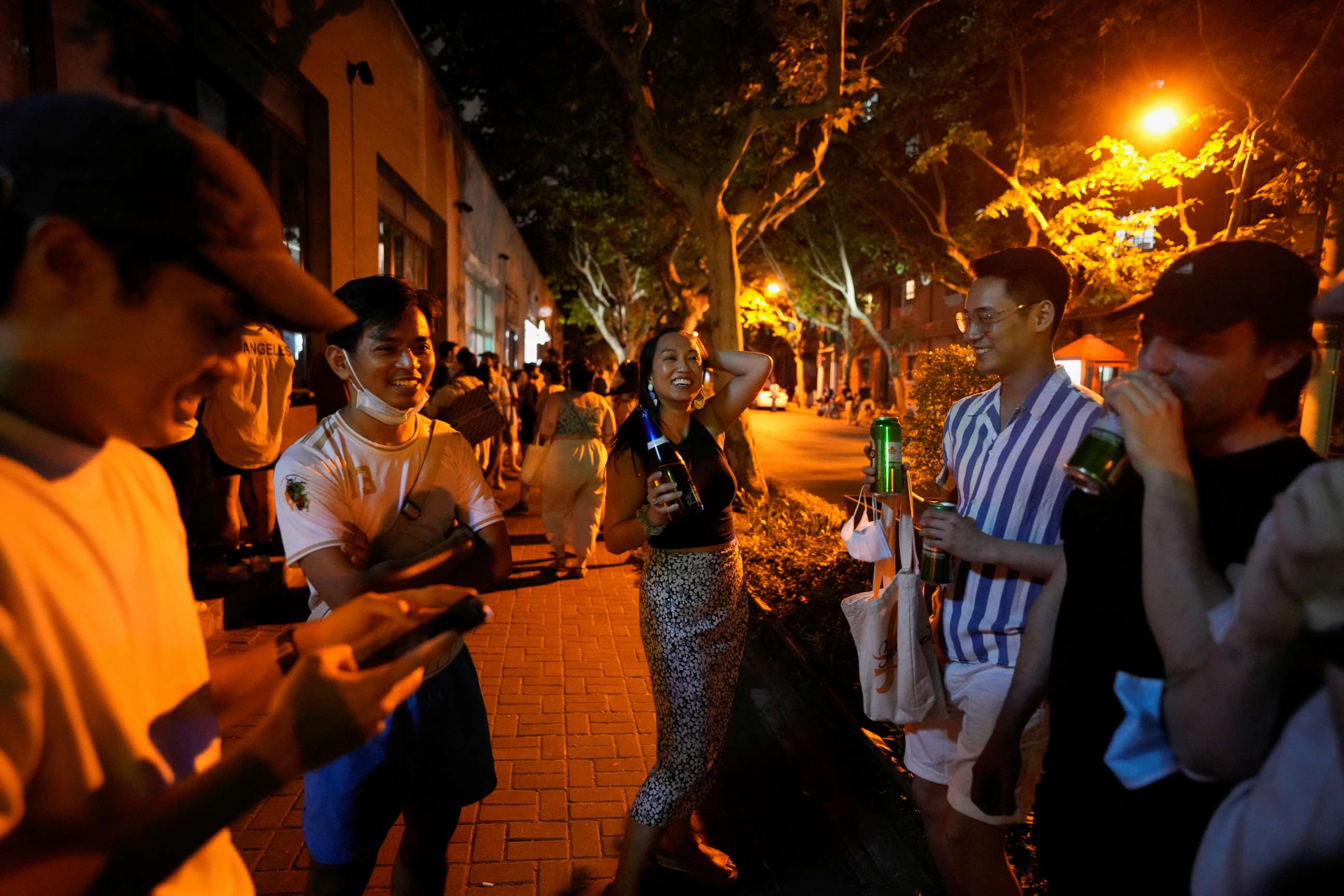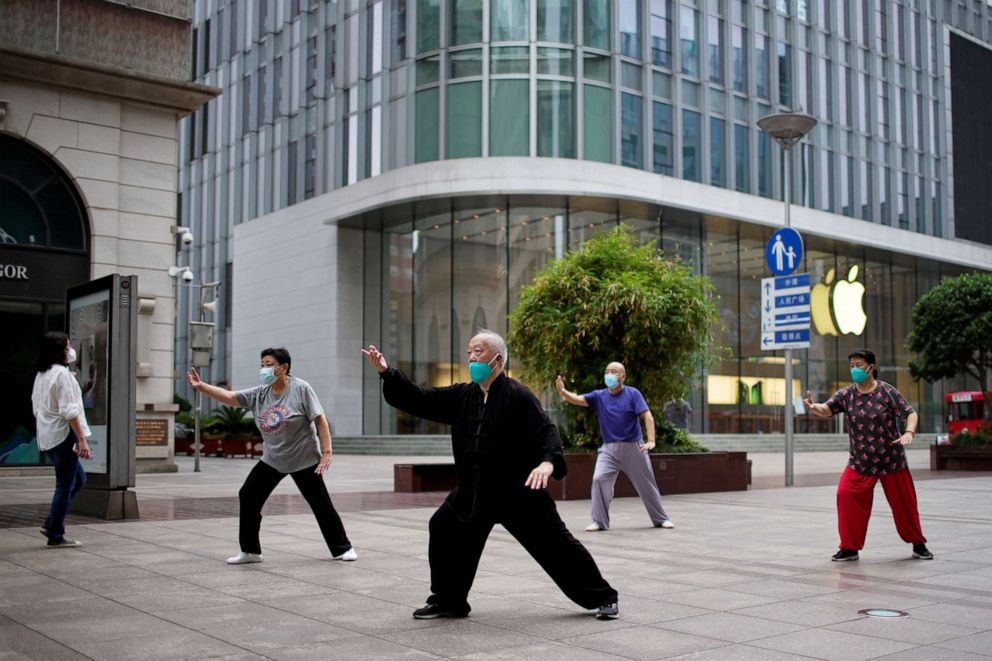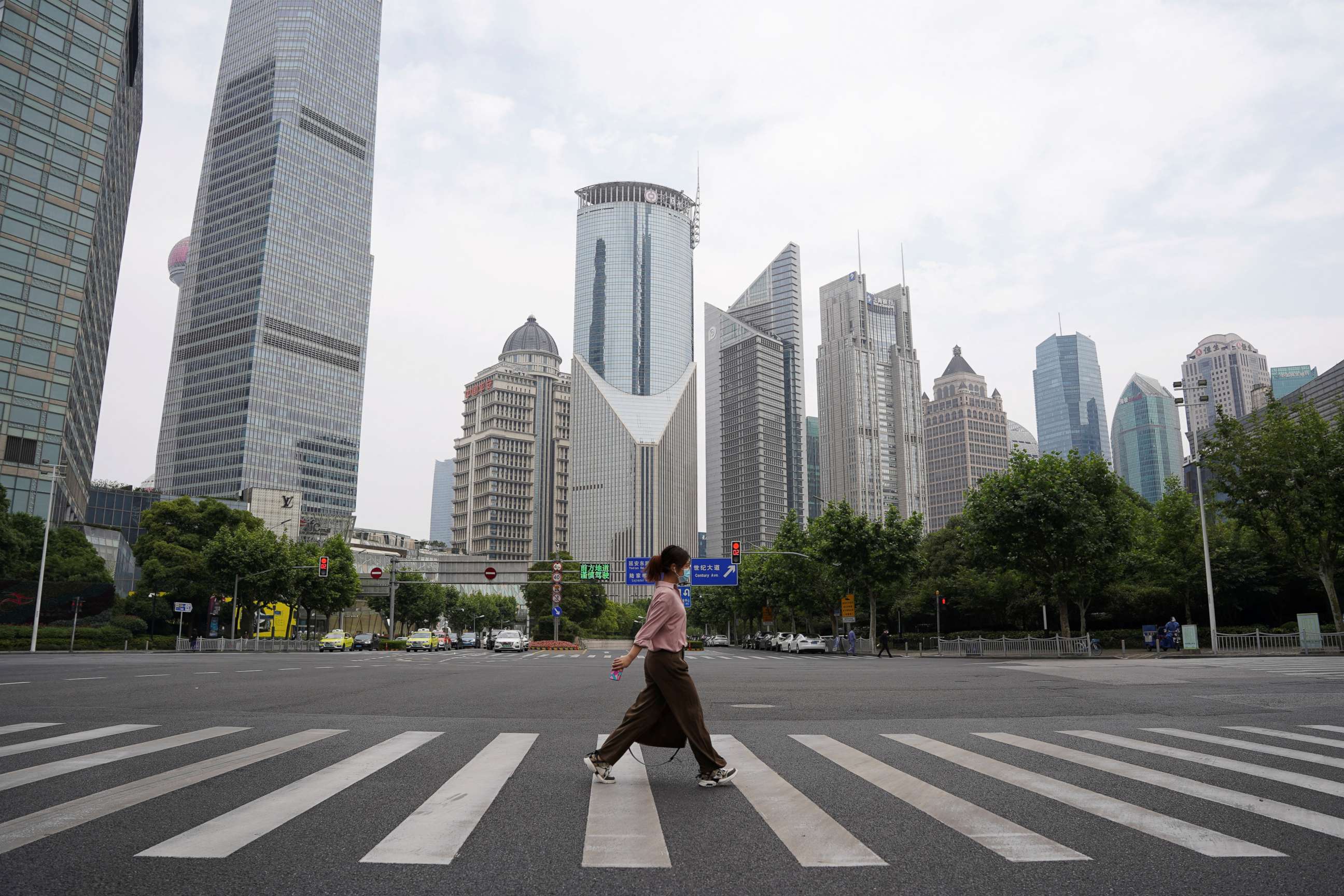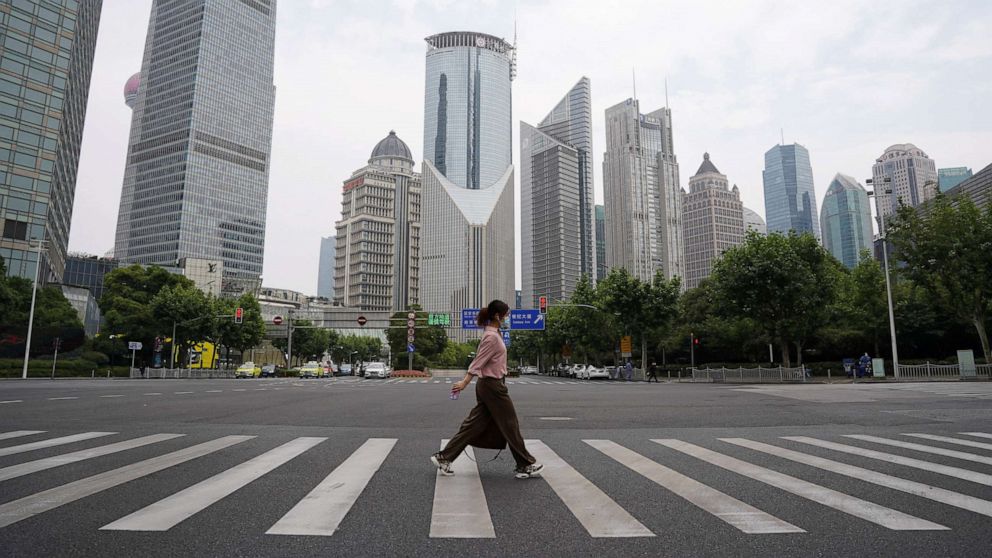As Shanghai COVID-19 lockdown ends, residents celebrate in the streets and fences come down
HONG KONG -- After more than two months of harsh lockdown, China’s largest city, Shanghai, began to unlock at the stroke of midnight Wednesday.
As metal fencing came down around most communities and private vehicles returned to the roads, spontaneous gatherings popped up across the city, with selfies on the historic Bund promenade along the Huangpu riverfront and street-corner hangouts amongst reunited friends in the Former French Concession.

The Chinese authorities appeared to have tamed the omicron variant outbreak that stopped China’s financial and commercial capital in its tracks for more than 65 days. On Tuesday, the last day of full restrictions, Shanghai recorded 15 COVID-19 cases, down from some 25,000 daily cases in early April.
It appears China is the first country to have controlled the highly transmissible omicron variant with a strict lockdown, likely because it is the first country that tried. Though Shanghai avoided the large numbers of deaths other cities and countries have faced, it has come at huge economic and social costs.
The citywide lockdown originally began on March 28 as a two-part four-day lockdown that was supposed to act as a circuit-breaker of sorts, but was extended and chaotically implemented to the frustration of many residents.
Shanghai authorities avoided using the term “unlocking” when thanking the city’s 25 millions residents for their cooperation in a statement posted on their official WeChat channel Wednesday morning, more than two months after the lockdown began.
“We will return life and businesses to normality,” the Shanghai Communist Party committee said in the WeChat statement. “Shanghai will do its utmost to make up the lost ground caused by the virus outbreak.”

On Wednesday, public transportation fully resumed service, shopping centers and supermarkets reopened to limited capacity, and state-owned companies asked their employees to return to their offices. Authorities also announced that high school and some middle school students can return to their classrooms beginning June 6.
The Shanghai government had said in mid-May that they hoped to return the city back to normal by the end of June.
China’s no tolerance "zero-COVID" strategy, however, will remain in force and, increasingly, will likely stay in place for the long term. The focus now is on constant testing to avoid a costly another citywide lockdown scenario like Shanghai’s.

Shanghai residents will need to have a valid PCR test taken within 72 hours to access most places, including public transportation, supermarkets and restaurants. China has set up a vast network of tens of thousands of testing booths within a 15-minute walk for most residents in Shanghai and across the country’s largest cities, like Beijing, Hangzhou and Shenzhen. The aim is to nip any silent transmission in the bud.
While the majority of Shanghai residents are now allowed to roam outside their neighborhoods, according to local government data, there are still 17 neighborhoods in the city still under full lockdown restrictions.

China’s lockdown measures have battered the country’s economic growth beyond Shanghai. According to Japanese investment bank Nomura, at least 130 million residents are still in full or partial lockdowns across 16 cities in China, hammering supply chains and consumer confidence.
According to China's own government statistics, domestic retail sales fell 11.1% in April.
Chinese Premier Li Keqiang warned last week that the economy will struggle to grow this quarter and may miss its projected target this year just as Bloomberg Economics released a report predicting that the U.S. economy will outpace that of China’s for the first time since 1976.




